Home>diy>Building & Construction>How To Reduce Construction Noise
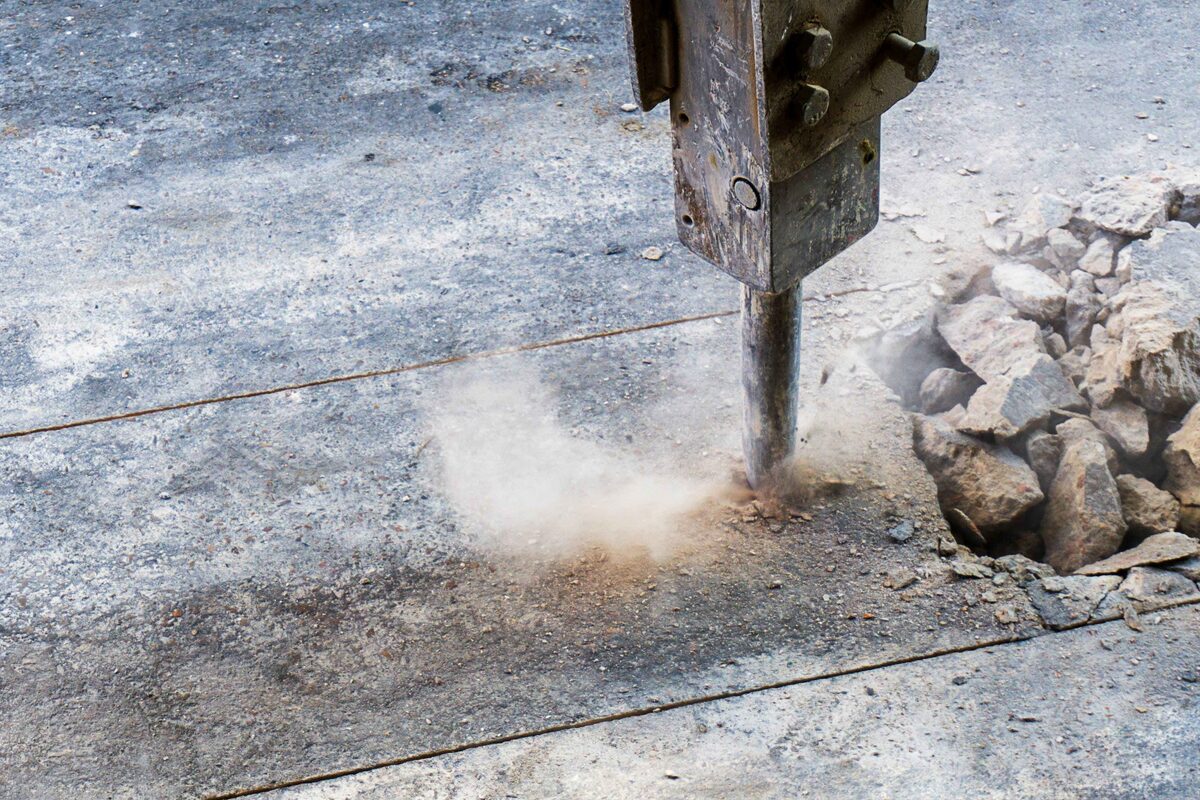

Building & Construction
How To Reduce Construction Noise
Modified: January 4, 2024
Learn effective strategies to minimize building construction noise and create a peaceful environment. Enhance your construction process by implementing noise reduction techniques.
(Many of the links in this article redirect to a specific reviewed product. Your purchase of these products through affiliate links helps to generate commission for Storables.com, at no extra cost. Learn more)
Introduction
Welcome to this comprehensive guide on how to reduce construction noise. Construction sites are known for their hustle and bustle, with various activities taking place simultaneously. While this bustling activity is a sign of progress, it can also result in excessive noise levels that can have a negative impact on the surrounding environment and the well-being of nearby residents.
Understanding the importance of minimizing construction noise is crucial for ensuring a harmonious coexistence between construction projects and the communities they serve. By implementing effective noise control measures, construction companies can mitigate the adverse effects of noise pollution and contribute to a healthier and more peaceful environment.
In this guide, we will delve into the various aspects associated with construction noise. We will explore the causes of construction noise, its impact on the surrounding environment, and the importance of reducing noise pollution. Moreover, we will discuss techniques and equipment that can help minimize construction noise and comply with relevant regulations and guidelines.
By the end of this guide, you will have a comprehensive understanding of how to effectively reduce construction noise and create a more harmonious construction site environment. So, let’s dive in and explore the world of construction noise reduction!
Key Takeaways:
- Construction noise can have detrimental effects on health, wildlife, and community relations. Minimizing noise through strategic planning, equipment selection, and community engagement is crucial for a harmonious construction environment.
- Implementing noise reduction measures, complying with regulations, and regularly monitoring and evaluating noise levels are essential for creating a sustainable and peaceful construction site. Prioritizing noise reduction benefits workers, communities, and the environment.
Read more: How To Reduce HVAC Noise
Understanding Construction Noise
Construction noise refers to the sound generated by various activities that take place during the construction process. These activities can include drilling, hammering, sawing, heavy machinery operation, truck traffic, and the movement of construction materials. Construction noise is usually characterized by its high intensity and prolonged duration, making it a major concern for both workers on the site and individuals living or working in close proximity to the construction area.
Construction noise is measured in decibels (dB), with each increase of 10 dB representing a doubling of noise intensity. For example, a noise level of 70 dB is twice as loud as one measuring 60 dB. Construction noise can reach high decibel levels, often exceeding the permissible limits set by local regulations.
The impact of construction noise extends beyond simple annoyance. Prolonged exposure to high levels of noise can have detrimental effects on physical and mental health. It can lead to hearing damage, stress, sleep disturbances, and reduced productivity. In addition, construction noise can disrupt the daily activities of nearby residents and businesses, affecting their quality of life and overall well-being.
Understanding the sources of construction noise is essential for effectively addressing the issue. The noise can emanate from various activities, such as the operation of heavy machinery like excavators and bulldozers, the use of power tools, and the movement and dumping of construction materials. Additionally, the construction process may involve activities that generate impact noise, such as pile driving or demolition, which can create loud and sudden noises.
Construction noise can also vary depending on the type of construction project. For example, road construction may involve additional noise sources, such as traffic congestion and increased vehicle movement. On the other hand, building construction may encompass activities like concrete pouring and framework installation, which can contribute to different noise profiles.
Understanding the sources and characteristics of construction noise is the first step towards effective noise reduction. By identifying the main causes of noise, construction companies can implement targeted measures to minimize its impact on the surrounding environment.
Identifying the Causes of Construction Noise
Construction sites are dynamic environments where various activities take place simultaneously. Each of these activities can contribute to the overall noise level. Identifying the specific causes of construction noise is crucial for implementing effective noise reduction strategies. By pinpointing the sources of noise, construction companies can adopt targeted measures to mitigate its impact on the surrounding environment and neighboring communities.
Let’s explore some common causes of construction noise:
- Heavy machinery: Construction sites are often filled with the rumbling sounds of heavy machinery. Excavators, bulldozers, cranes, and backhoes are just a few examples of machinery that generate significant noise. The operation of these machines, including their engines, hydraulics, and movements, can contribute to elevated noise levels.
- Power tools: Various power tools are used in construction, such as jackhammers, drills, saws, and grinders. These tools produce high-frequency noises, which can be particularly loud and penetrating. The repetitive nature of their use can also intensify the noise over time.
- Construction vehicles: Trucks, dumpers, and other construction vehicles are essential for transporting materials to and from the site. The sounds of engines, brakes, and reversing alarms can all contribute to the overall noise level. In addition, the movement and maneuvering of these vehicles can create additional noise, especially if the site is congested or located in a residential area.
- Construction activities: Specific construction activities can generate noise, such as pile driving, concrete pouring, and demolition. Pile driving, for example, involves the repeated striking of heavy objects into the ground, resulting in loud impact noises. Demolition activities often involve the use of equipment like wrecking balls or explosives, which can generate substantial noise.
- Construction material handling: The movement of construction materials, such as steel beams, pipes, and pallets, can cause noise. This can occur during loading and unloading operations, as well as when materials are shifted or dropped on the site.
By identifying the specific causes of construction noise, construction companies can develop targeted strategies to address each source individually. This may involve implementing noise control measures for machinery, selecting quieter equipment, adjusting construction schedules to minimize noise during sensitive periods, and adopting techniques to reduce the impact of construction activities on nearby communities.
Next, let’s explore the impact of construction noise on the surrounding environment.
Impact of Construction Noise on the Surrounding Environment
Construction noise can have various impacts on the surrounding environment, affecting people, wildlife, and ecosystems. Understanding these impacts is crucial to developing effective strategies for minimizing the adverse effects of construction noise.
Here are some key areas where construction noise can have an impact:
- Health and well-being: Prolonged exposure to high levels of construction noise can have detrimental effects on human health and well-being. Excessive noise can lead to stress, sleep disturbances, and even hearing loss. It can also impact concentration levels, productivity, and overall quality of life for those living or working in the vicinity of the construction site.
- Interference with communication: Construction noise can disrupt communication, making it difficult for people to carry out conversations or hear important announcements. This can be particularly problematic for schools, hospitals, and other places where clear communication is vital.
- Impact on wildlife: Construction noise can disturb wildlife populations in the surrounding area. Loud noises can disrupt their natural habitats, affect their feeding and breeding patterns, and even cause them to abandon their habitats. This can have long-term ecological implications and impact the balance of local ecosystems.
- Disturbance to nearby businesses and residences: Construction noise can significantly disrupt the daily activities of businesses and residences in the vicinity. Noise pollution can make it challenging for people to concentrate, carry out tasks, and enjoy their living spaces.
- Economic implications: Excessive construction noise can have economic implications for nearby businesses. It can deter customers, affect productivity, and devalue properties. Additionally, if noise regulations and guidelines are not followed, construction projects may face legal repercussions and potential delays.
- Community relations: Construction noise can strain relations between construction companies and the communities they serve. If the noise becomes a source of constant annoyance or if guidelines and regulations are ignored, it can lead to conflicts and strained community relations.
Minimizing the impact of construction noise is not only crucial for preserving the well-being of individuals and wildlife but also for maintaining positive community relations and ensuring the success of construction projects. By implementing effective noise control measures and complying with relevant regulations and guidelines, construction companies can contribute to a more harmonious and sustainable environment.
Next, let’s delve into the importance of reducing construction noise.
Importance of Reducing Construction Noise
The importance of reducing construction noise cannot be overstated. Excessive noise can have significant negative impacts on individuals, communities, and the environment. By actively working to minimize construction noise, construction companies can mitigate these impacts and create a more harmonious and sustainable environment. Let’s explore the key reasons why reducing construction noise is important:
- Protecting human health and well-being: Construction noise can have detrimental effects on human health, leading to stress, sleep disturbances, and hearing damage. By reducing noise levels, construction companies can prioritize the well-being and quality of life of individuals living or working near a construction site.
- Preserving the environment: Excessive noise can disrupt wildlife habitats, affecting feeding and breeding patterns and potentially leading to population decline. By reducing construction noise, companies can minimize the disturbance to local ecosystems and contribute to the preservation of biodiversity.
- Enhancing community relations: Construction projects often take place in close proximity to residential areas and businesses. Excessive noise can strain community relations and lead to conflicts. By actively working to minimize construction noise, companies can foster positive relationships with the communities they serve, enhancing trust and cooperation.
- Complying with regulations and guidelines: Many jurisdictions have specific regulations and guidelines in place to control construction noise levels. Adhering to these regulations and guidelines is not only a legal requirement but also demonstrates a commitment to responsible construction practices, ensuring compliance and avoiding potential legal issues or project delays.
- Improving productivity: Excessive noise can create distractions and hinder productivity on construction sites. By implementing noise reduction measures, companies can create a quieter and more focused work environment, enhancing the efficiency and productivity of their workforce.
- Enhancing the reputation of the construction industry: Construction companies that actively work to reduce noise and prioritize environmental sustainability demonstrate their commitment to responsible construction practices. This can enhance their reputation and attract clients and investors who value sustainability and community welfare.
By recognizing the importance of reducing construction noise and taking proactive steps to mitigate its impact, construction companies can contribute to a more sustainable and harmonious construction environment. The next section will delve into effective techniques and strategies to minimize construction noise.
Read more: How To Reduce Projector Fan Noise
Techniques to Minimize Construction Noise
Minimizing construction noise is essential for creating a more harmonious construction site environment and reducing the impact on nearby communities. Fortunately, there are several effective techniques and strategies that can be employed to achieve noise reduction. Let’s explore some of them:
- Construction site layout: Proper planning of the construction site layout can help minimize noise impacts. Consider locating noisy activities away from sensitive areas such as residential buildings. Creating buffer zones and implementing barriers can also help reduce the spread of noise.
- Construction scheduling: Strategic scheduling of noisy activities can help minimize noise disturbances. Avoid conducting high-noise activities during sensitive hours, such as early mornings, evenings, or weekends. By adhering to local noise regulations and considering the needs of the surrounding community, construction companies can greatly reduce noise disruption.
- Equipment selection: Choosing quieter equipment and machinery can significantly reduce noise levels. Look for tools and equipment designed with noise reduction features, such as sound-dampening materials, mufflers, or low-noise engines. Investing in quieter technology can make a noticeable difference in noise levels on the construction site.
- Noise barriers and enclosures: Installing physical barriers and enclosures around noisy equipment or activities can help contain noise and prevent it from spreading to nearby areas. These barriers can be made of materials that absorb or deflect sound, such as acoustic panels or walls. Additionally, enclosing equipment within soundproof enclosures can further reduce noise emissions.
- Vibration isolation: Vibrations caused by construction activities can generate noise. By using vibration isolation techniques, such as special pads or mounts for equipment, vibrations can be minimized, resulting in lower noise levels.
- Regular maintenance: Regular maintenance and inspection of equipment can help identify and address noise-related issues. This includes checking for loose components or parts that may create additional noise and ensuring that machinery is properly lubricated and functioning efficiently.
- Worker training: Training construction workers on noise reduction techniques can promote a culture of noise control on the construction site. Workers can be educated on proper equipment use, maintenance, and the importance of adhering to noise regulations. Encouraging workers to actively participate in noise reduction efforts can contribute to a quieter and more efficient construction environment.
- Communication and engagement: Open and transparent communication with the surrounding community is crucial in addressing noise concerns. Engage with local residents and businesses to understand their needs and concerns and keep them informed about construction activities and noise reduction measures being implemented.
By adopting these techniques, construction companies can effectively minimize construction noise and create a more harmonious environment. However, it is important to note that noise reduction efforts should be ongoing and regularly evaluated to ensure their effectiveness. In the next section, we will discuss the selection and implementation of noise reduction equipment.
Use sound barriers and acoustic insulation to reduce noise from construction. Schedule noisy work during daytime hours and communicate with neighbors about the construction schedule.
Choosing Noise Reduction Equipment
Choosing the right noise reduction equipment is crucial for effectively minimizing construction noise. With advancements in technology, there are various options available that can significantly reduce noise emissions from construction activities. Here are some key considerations when selecting noise reduction equipment:
- Noise reduction ratings: When evaluating equipment, consider the noise reduction ratings provided by manufacturers. Look for equipment that has been specifically designed with noise reduction features or has been tested and certified for its noise reduction capabilities. This will help ensure that the equipment will effectively reduce noise emissions.
- Engine design: Engines, especially in heavy machinery, can be a significant source of noise. Choose equipment that incorporates noise-reducing engine designs, such as low-noise engines or engines with sound-dampening features. Engines with better noise characteristics can help reduce overall noise levels on the construction site.
- Operational noise: Consider the operational noise levels of the equipment. Look for equipment that produces minimal noise during regular operation. Manufacturers may provide information on the decibel levels generated by their equipment, which can help inform your purchasing decisions.
- Soundproofing features: Some equipment may incorporate soundproofing features, such as noise-absorbing materials or enclosures, which help to reduce noise emissions. These features can play a significant role in minimizing noise levels and should be considered when selecting equipment.
- Size and portability: Consider the size and portability of the equipment. Bulkier equipment may require additional space and may be more challenging to move, potentially limiting their flexibility in noise reduction efforts. Smaller, more portable equipment can offer greater versatility in implementing noise control measures.
- Compatibility with existing equipment: When introducing noise reduction equipment, ensure compatibility with existing machinery and equipment on the construction site. Consider any necessary modifications or adaptations required to effectively integrate noise reduction measures into the construction process.
- Cost and operational efficiency: Evaluate the cost-effectiveness and operational efficiency of noise reduction equipment. Consider the long-term benefits in terms of noise reduction and compare them to the initial investment and maintenance costs. Choosing equipment that strikes a balance between effectiveness and cost-efficiency is important.
- Manufacturer reputation and support: Research the reputation and track record of equipment manufacturers. Look for companies that have a good reputation for producing high-quality noise reduction equipment and providing excellent customer support. This ensures that you receive reliable equipment and have access to assistance if needed.
By carefully considering these factors and conducting thorough research, construction companies can select noise reduction equipment that best suits their needs and effectively minimizes construction noise. Implementing noise reduction measures is crucial for maintaining a peaceful construction environment and prioritizing the well-being of nearby residents and communities.
In the next section, we will explore the implementation of noise control measures on construction sites.
Implementing Noise Control Measures
Implementing noise control measures is essential for effectively reducing construction noise and creating a more peaceful construction site environment. Here are some key measures that can be implemented:
- Use noise-reducing barriers: Install physical barriers, such as acoustic fences or walls, around the construction site to contain and absorb noise. These barriers can help prevent noise from spreading to nearby areas and act as sound barriers between the construction site and sensitive properties.
- Utilize noise-reducing materials: Choose construction materials that have noise-reducing properties. For example, using sound-absorbing insulating materials in buildings can help minimize noise transfer between construction sites and surrounding areas.
- Implement engineering controls: Engineering controls involve modifying or upgrading equipment or processes to reduce noise levels. This can include installing silencers or mufflers on machinery or using noise-reducing attachments on power tools.
- Enforce noise-optimized work practices: Implement work practices that minimize noise generation. This can include adopting quieter construction techniques or implementing noise-reducing processes, such as pre-fabricating building components off-site to reduce on-site construction noise.
- Regular equipment maintenance: Perform regular maintenance on equipment and machinery to ensure proper functioning and reduce noise emissions. Repair or replace any faulty components that may be contributing to excessive noise levels.
- Create noise-free zones: Designate certain areas within the construction site as noise-free zones where noise levels are strictly controlled or minimized. This can provide temporary relief for workers and nearby residents in areas where noise levels are particularly high.
- Provide personal protective equipment (PPE): Supply workers with appropriate hearing protection, such as earplugs or earmuffs, to reduce their exposure to construction noise. Ensure that workers are trained on the proper use of PPE and encourage its consistent and correct usage.
- Educate and train workers: Educate construction workers about the importance of noise reduction and provide training on noise control measures. Promote the adoption of best practices to minimize noise impact during construction activities.
It is important to note that noise control measures should be implemented consistently and regularly evaluated for their effectiveness. Regular monitoring and adjusting of noise control measures ensure that noise reduction efforts remain effective over time and can be adapted as needed.
By implementing these noise control measures, construction companies can minimize the impact of construction noise on nearby communities, promote a safer and more comfortable working environment for their workers, and contribute to a more sustainable construction industry as a whole.
In the next section, we will discuss regulations and guidelines related to construction noise.
Regulations and Guidelines for Construction Noise
Regulations and guidelines regarding construction noise are in place to ensure that noise levels are controlled and do not have a detrimental impact on surrounding communities. These regulations vary by jurisdiction, and it is important for construction companies to understand and comply with them. Here are some key considerations in relation to regulations and guidelines for construction noise:
- Local noise ordinances: Familiarize yourself with the local noise ordinances that govern construction activities in the area where the project is taking place. These ordinances specify permissible noise levels, restricted hours for noisy activities, and any additional requirements for noise mitigation measures.
- Permit requirements: Obtain any necessary permits related to construction noise before commencing work. Some jurisdictions may require specific permits if noise levels are expected to exceed certain limits or if construction activities are anticipated to impact sensitive areas.
- Construction site monitoring: Regular monitoring of noise levels on the construction site is essential to ensure compliance with regulations and guidelines. Monitoring helps identify any areas or activities that may be generating excessive noise and enables timely adjustments and interventions.
- Engagement with local authorities: Maintain open communication and engage with local authorities responsible for enforcing construction noise regulations. This can help build understanding and ensure that the construction project aligns with local requirements and expectations.
- Noise mitigation plans: Develop comprehensive noise mitigation plans that outline the specific measures and strategies to be implemented to reduce construction noise. These plans should align with local regulations and guidelines and be communicated to all relevant stakeholders, including workers and neighboring communities.
- Community engagement: Engage with neighboring residents, businesses, and community organizations to inform them about the construction project and the noise mitigation measures being implemented. Involve them in the process by addressing any concerns they may have and soliciting their input on noise reduction strategies.
- Regular reporting and documentation: Keep accurate records of noise monitoring data, permits obtained, noise mitigation measures implemented, and any complaints or concerns raised by the community. This documentation demonstrates compliance with regulations and provides a basis for ongoing improvement and accountability.
- Adherence to international standards: Consider international standards and guidelines, such as those provided by organizations like the World Health Organization (WHO) or the International Organization for Standardization (ISO). These standards can provide additional guidance on recommended noise levels and best practices for noise reduction in construction activities.
By understanding and complying with regulations and guidelines for construction noise, construction companies can ensure that their projects are carried out responsibly, minimizing the impact on nearby communities and building positive relationships with regulatory authorities and stakeholders.
In the next section, we will discuss the importance of monitoring and evaluating noise reduction efforts.
Read more: How To Reduce Electric Motor Noise
Monitoring and Evaluating Noise Reduction Efforts
Monitoring and evaluating noise reduction efforts are crucial steps in ensuring the effectiveness of noise control measures and maintaining compliance with regulations and guidelines. By regularly assessing noise levels and the impact of implemented measures, construction companies can identify areas for improvement and make necessary adjustments. Here are some key considerations for monitoring and evaluating noise reduction efforts:
- Noise monitoring: Conduct regular noise monitoring on the construction site to measure and track noise levels. This can be done using specialized sound level meters or through the utilization of digital noise monitoring systems. Monitoring provides valuable data that helps assess the effectiveness of noise reduction measures and identifies areas where noise levels may exceed permissible limits.
- Data analysis: Analyze the collected noise monitoring data to understand trends and patterns. Compare the recorded noise levels with local regulations and guidelines to ensure compliance. Use the data to identify areas or activities that contribute the most to noise emissions and prioritize interventions accordingly.
- Community feedback: Engage with nearby residents and businesses to gather feedback on noise levels and the effectiveness of implemented noise reduction measures. This feedback can provide valuable insights into the real-world impact of noise control efforts and help identify areas for improvement.
- Regular inspections: Conduct regular inspections of noise control measures, equipment, and machinery to ensure proper maintenance and functionality. Identifying any equipment malfunctions or issues early on allows for prompt repairs and prevents prolonged periods of excessive noise.
- Review and adjustment: Regularly review and evaluate the effectiveness of noise reduction measures and adjust them as needed. This may involve modifying construction schedules, implementing additional noise control measures, or upgrading equipment to further reduce noise emissions.
- Documentation and reporting: Keep comprehensive records of noise monitoring data, feedback received from communities, and any adjustments or improvements made to noise reduction measures. This documentation serves as a reference for future projects and helps demonstrate compliance with regulations and the commitment to noise reduction efforts.
- Employee engagement: Involve construction workers in the monitoring and evaluation process. Encourage them to provide feedback on noise-related challenges they encounter and any suggestions for improvement. Engaging workers in the evaluation process fosters a sense of shared responsibility and can lead to valuable insights and practical solutions.
- Ongoing improvement: Use the monitoring and evaluation results to drive ongoing improvement in noise reduction efforts. Continually seek innovative ways to minimize noise emissions and explore new technologies or practices that can contribute to a quieter and more sustainable construction environment.
Monitoring and evaluating noise reduction efforts provide a valuable feedback loop that enables construction companies to fine-tune their noise control measures, ensure compliance with regulations, and maintain positive relationships with nearby communities. By being proactive in monitoring and evaluation, construction companies can continuously improve their noise reduction strategies and create a more harmonious construction site environment.
Next, let’s conclude this guide.
Conclusion
Construction noise is an inevitable part of the construction process, but its impact can be mitigated through strategic measures and thoughtful planning. Minimizing construction noise is important for preserving the well-being of nearby residents, protecting wildlife and ecosystems, maintaining positive community relations, and ensuring compliance with regulations and guidelines.
In this comprehensive guide, we explored various aspects of construction noise, from understanding its sources and characteristics to assessing its impact on the surrounding environment. We discussed the importance of reducing construction noise and implementing effective noise control measures.
Techniques such as utilizing noise-reducing barriers, selecting quieter equipment, implementing engineering controls, and enforcing noise-optimized work practices can all contribute to reducing construction noise levels. We also emphasized the significance of choosing appropriate noise reduction equipment, monitoring and evaluating noise reduction efforts, and complying with regulations and guidelines.
By prioritizing noise reduction, construction companies can create a more harmonious construction site environment, improve community relations, enhance worker safety and productivity, and contribute to a more sustainable construction industry. Regular monitoring, evaluation, and adjustment of noise reduction measures are essential for ensuring ongoing effectiveness and continuous improvement.
Remember, as construction professionals, we have a responsibility to minimize the impact of construction noise on the surrounding environment. By implementing the strategies and techniques outlined in this guide, we can build a future where construction progresses harmoniously alongside the needs of the communities we serve.
Thank you for joining us on this journey to understand and reduce construction noise. Together, let’s create quieter and more sustainable construction sites.
Frequently Asked Questions about How To Reduce Construction Noise
Was this page helpful?
At Storables.com, we guarantee accurate and reliable information. Our content, validated by Expert Board Contributors, is crafted following stringent Editorial Policies. We're committed to providing you with well-researched, expert-backed insights for all your informational needs.

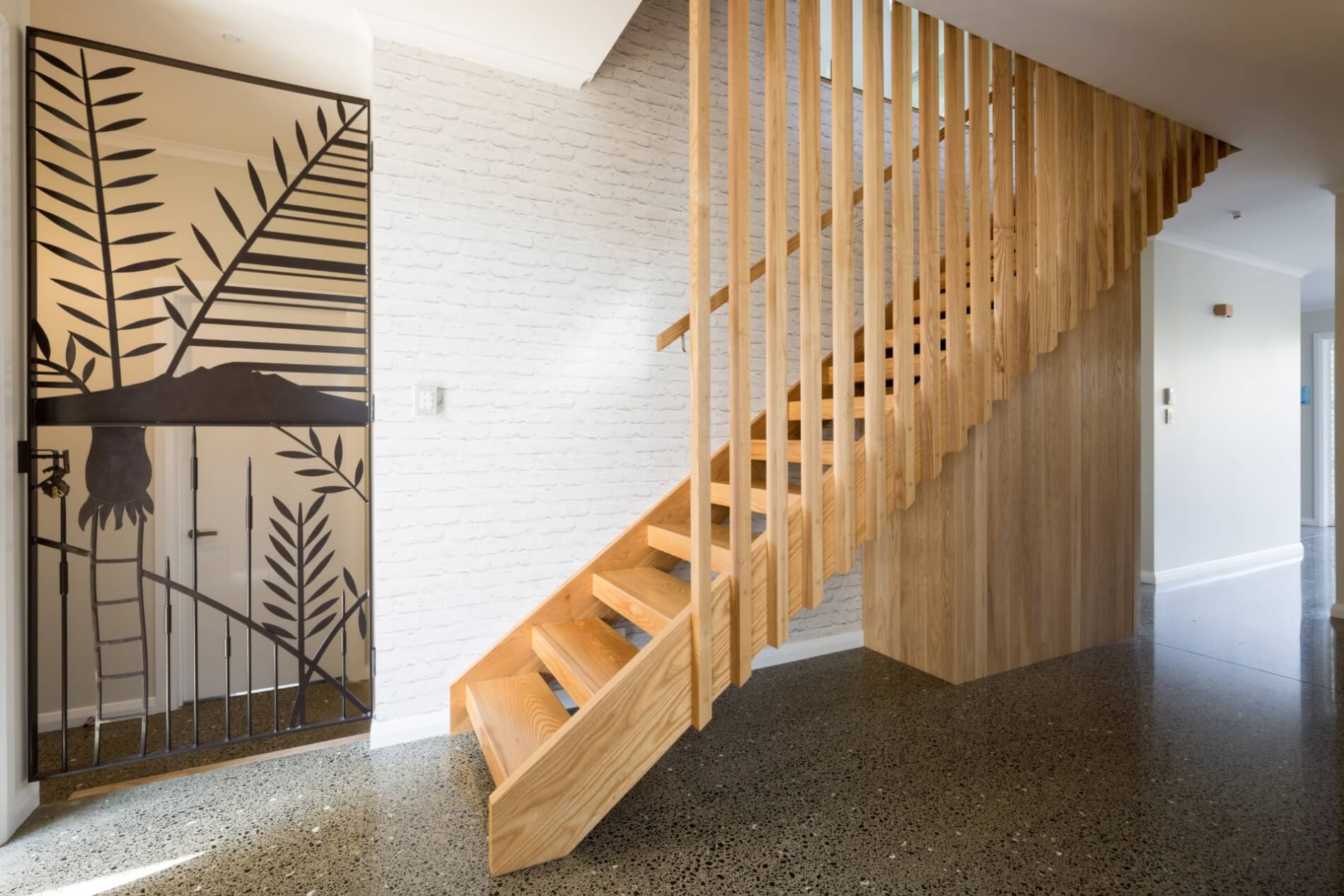

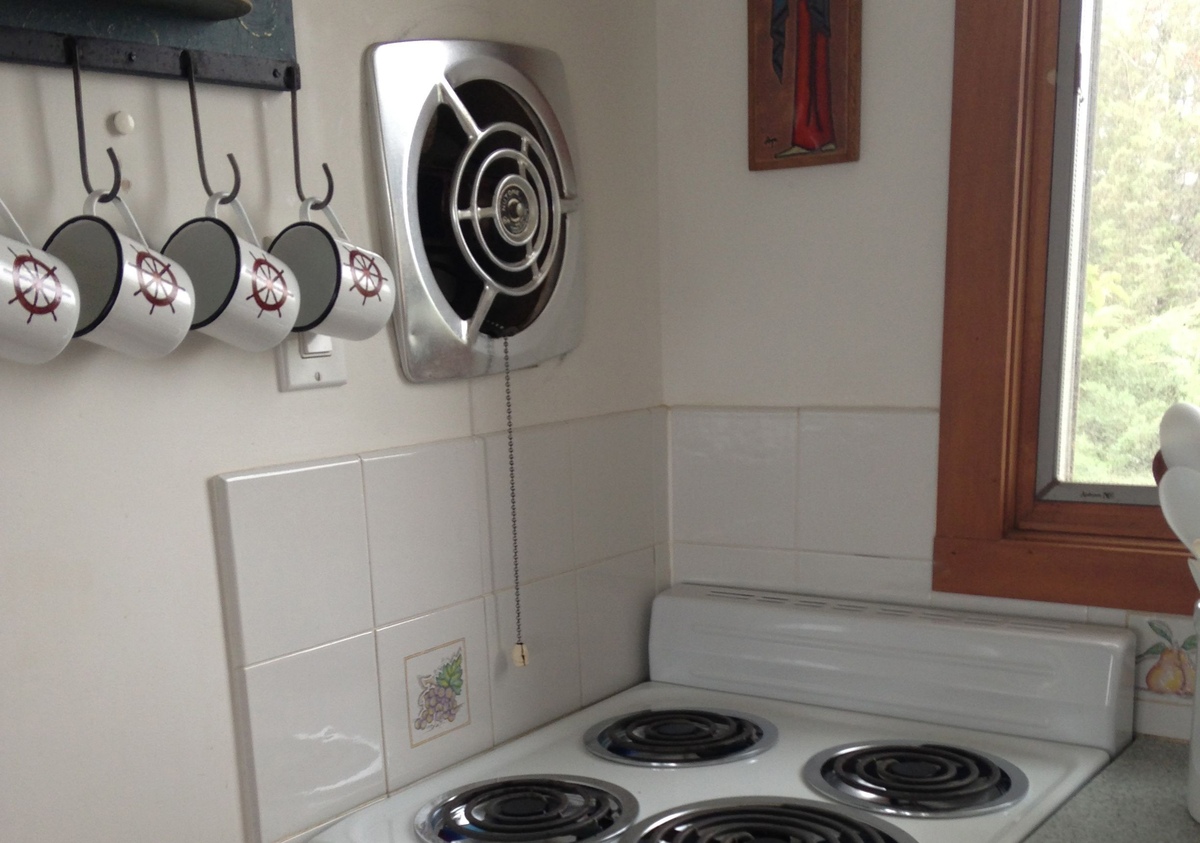




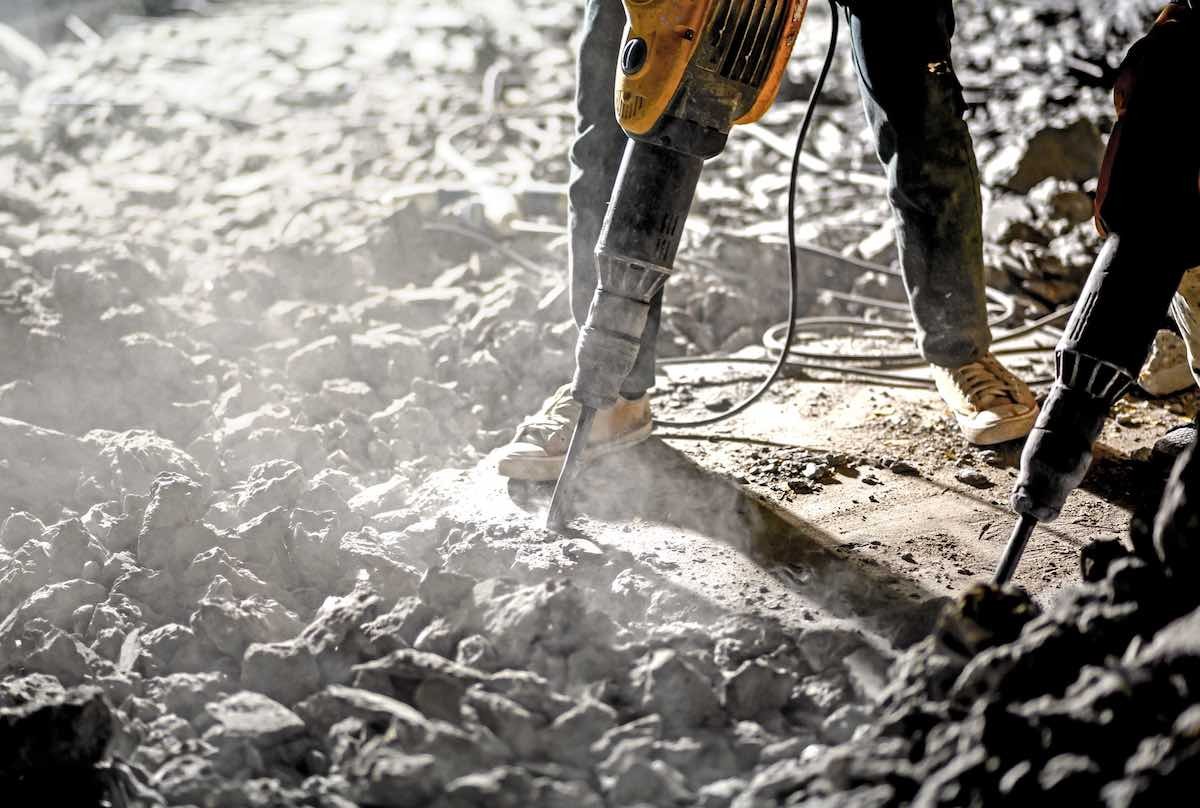
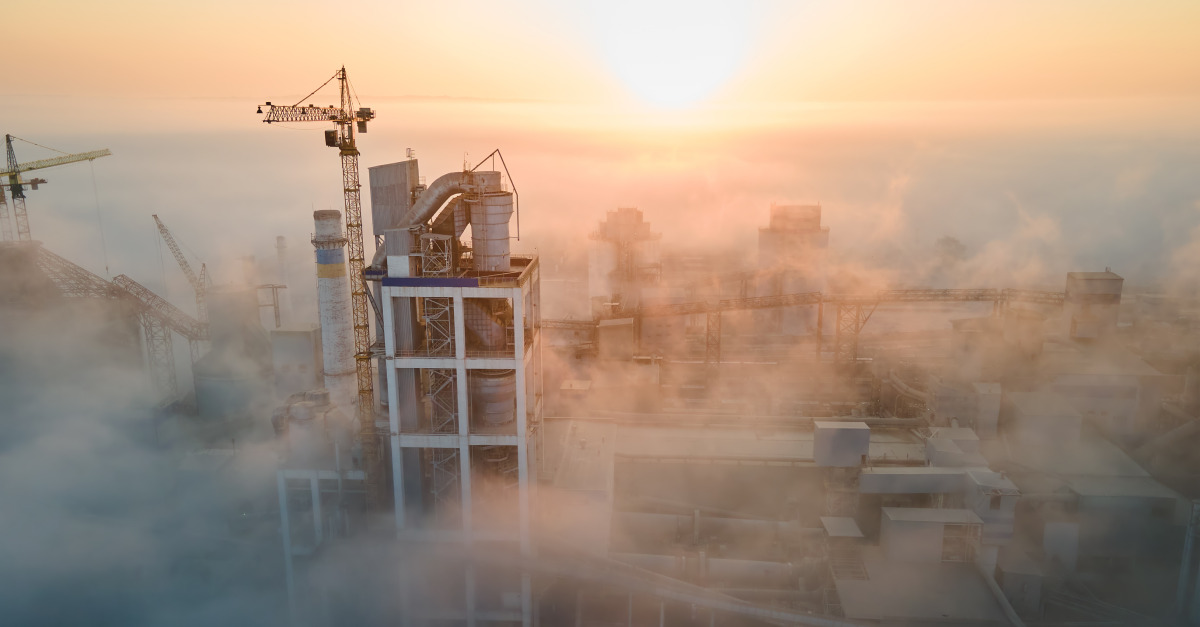
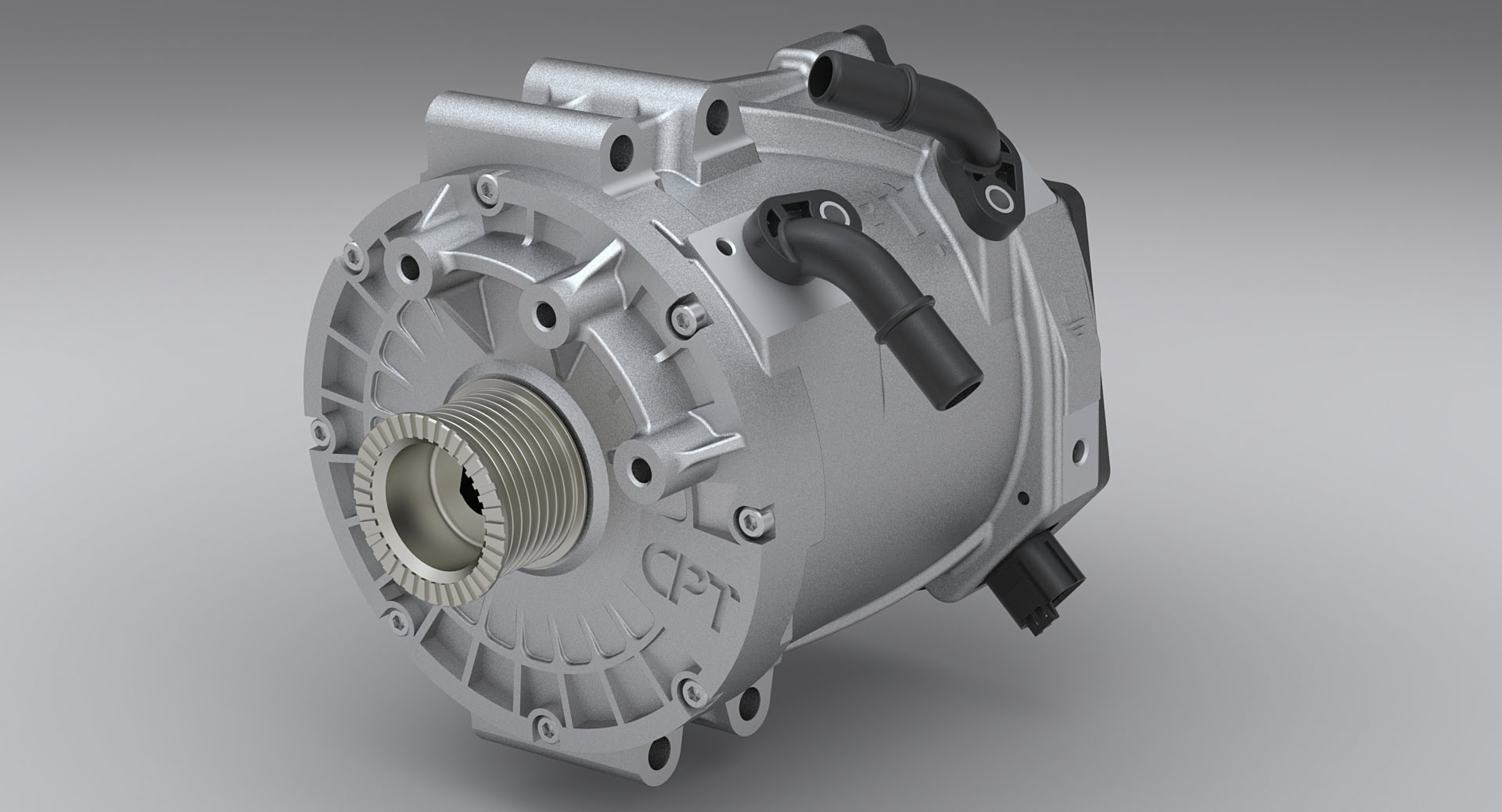



0 thoughts on “How To Reduce Construction Noise”